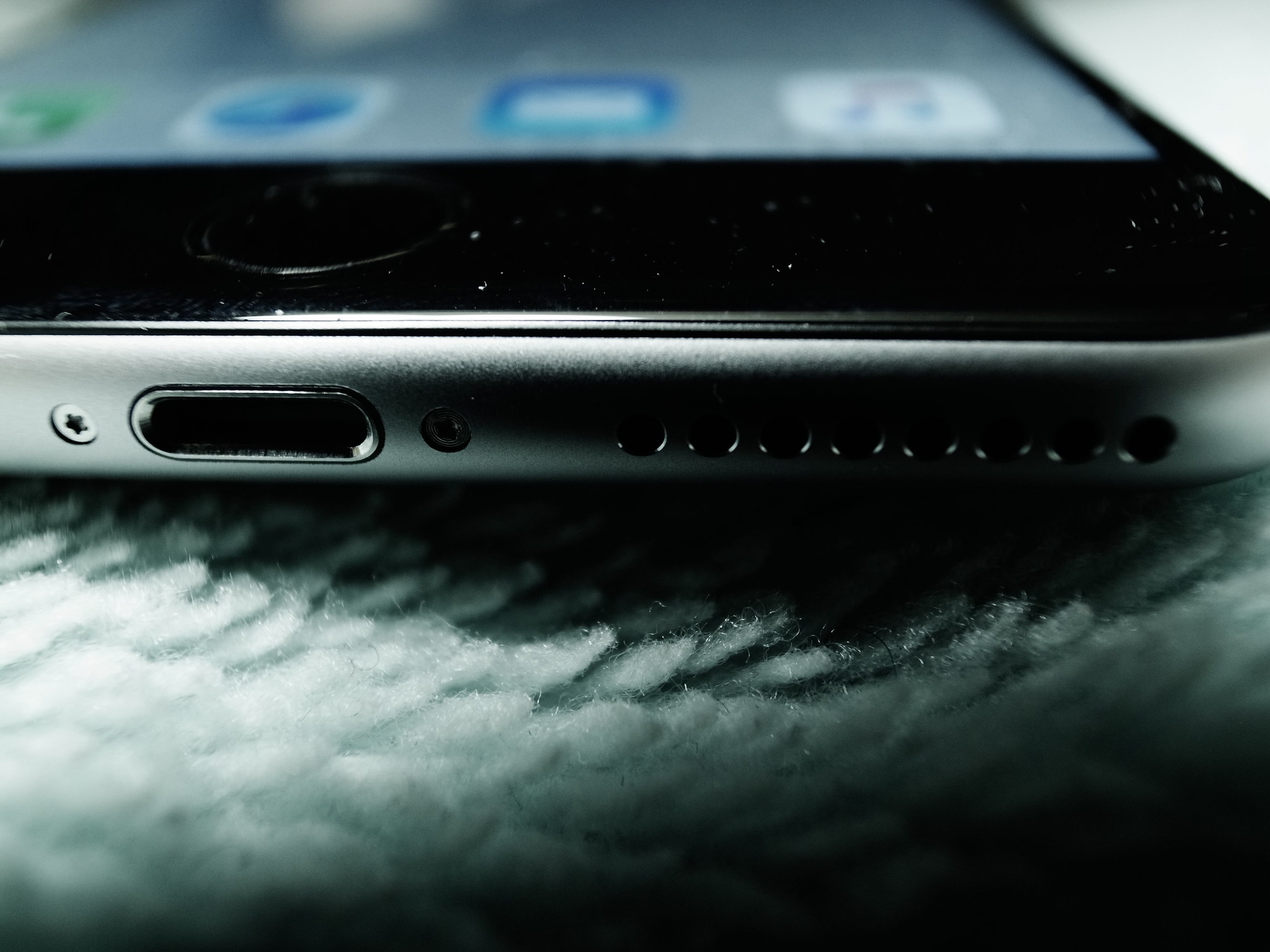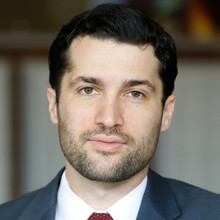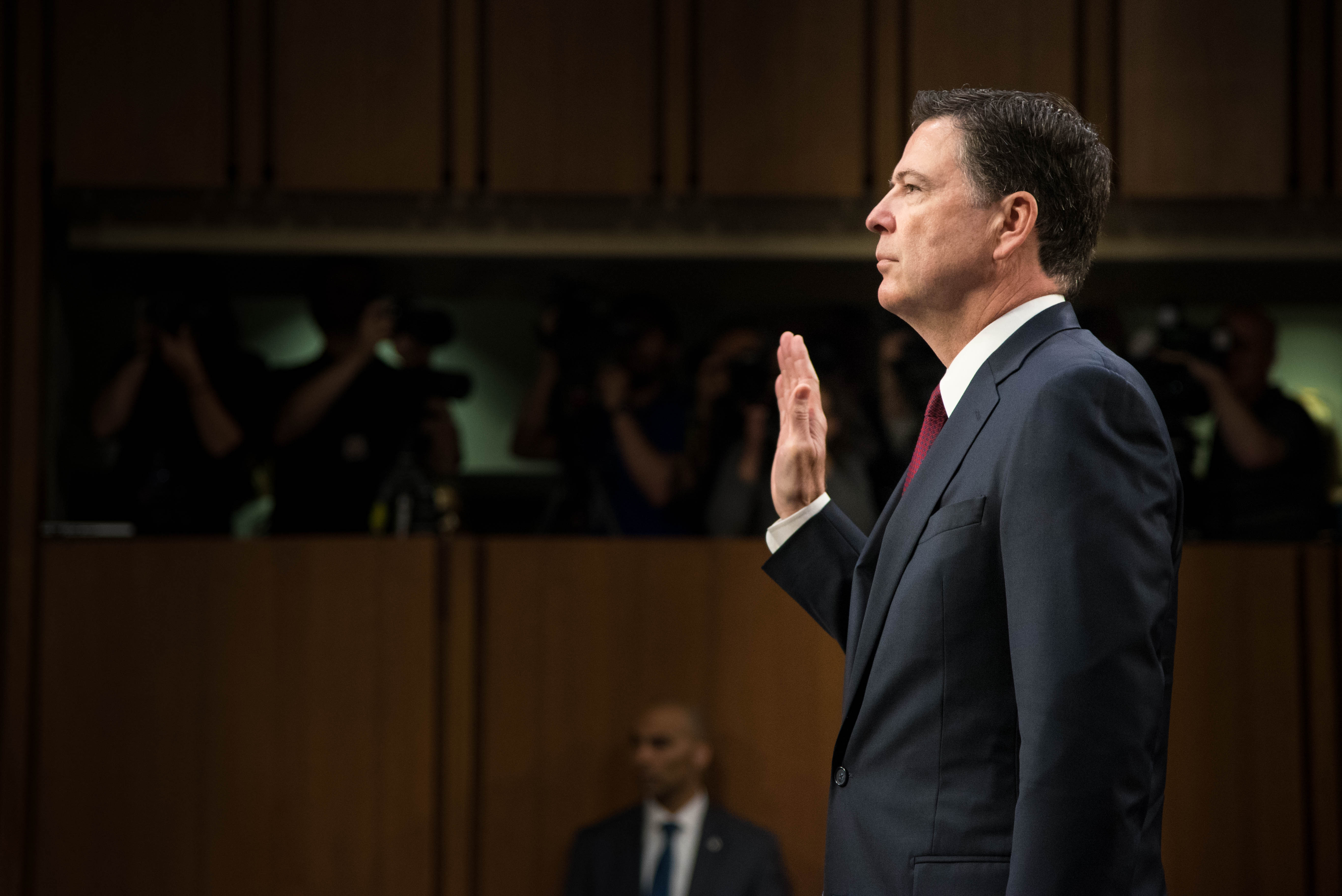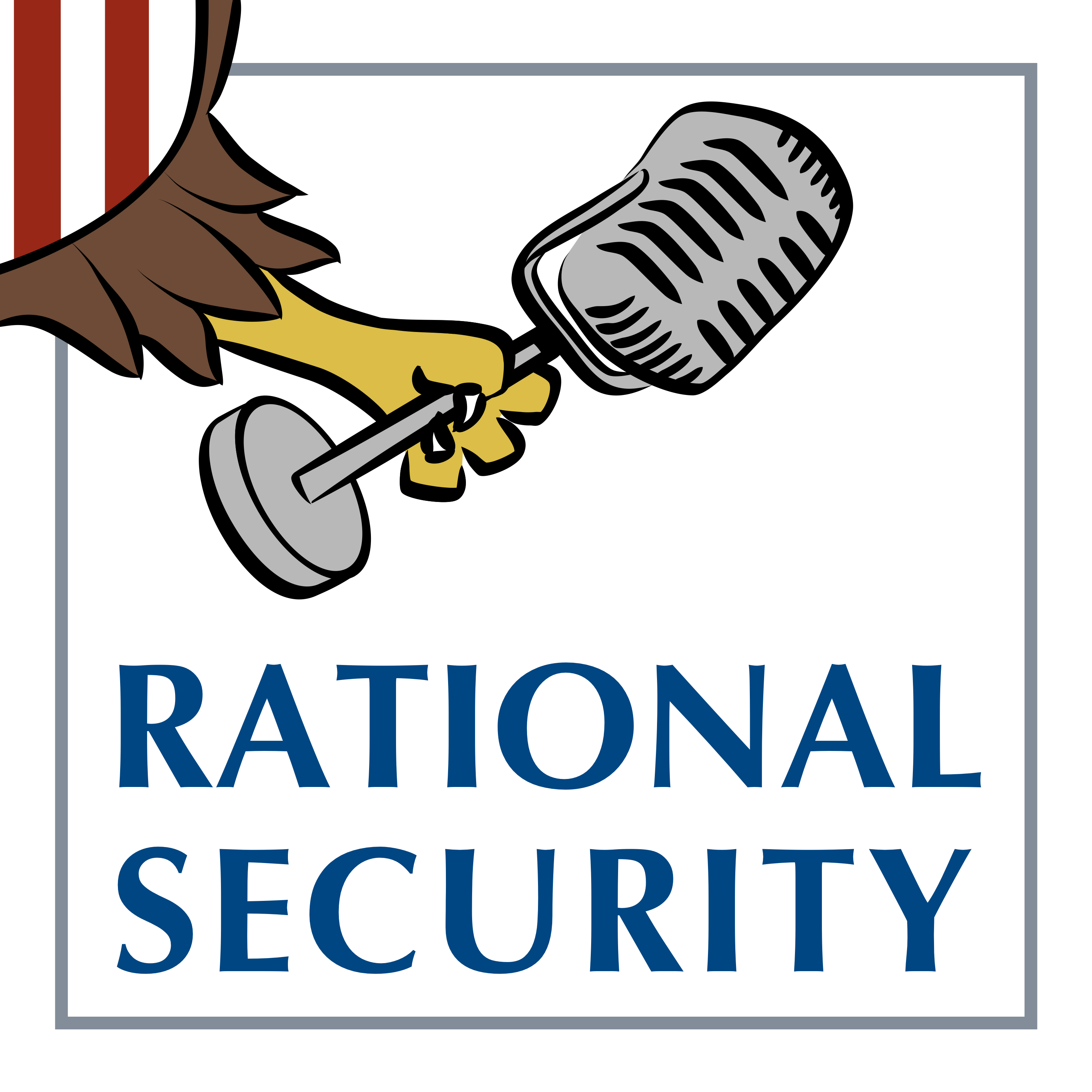Digital Disease Surveillance
The government’s best defense of a warrantless system of digital surveillance would rely on the “special needs” exception to the Fourth Amendment.

Published by The Lawfare Institute
in Cooperation With

The slowdown of the coronavirus emergency in the United States presents an opportunity to look back and think about how policymakers could have handled it better. Hopefully part of this conversation will center around digital contact tracing and other forms of digital disease surveillance, and whether and how it could have been more effective. Scholars and policymakers should continue the lively debates over how much digital disease surveillance could have changed the outcome of the pandemic and whether the privacy risks would have been worth the public-health benefits. In preparing for the inevitable next pandemic, policymakers will have to make difficult choices about how to balance the various competing demands for privacy, liberty and public health.
But however difficult the policy questions are, the constitutional questions are relatively straightforward: As I argued preliminarily last year, near the start of the pandemic, large-scale, government-mandated contract tracing and quarantine tracking would be permitted under the Fourth Amendment. I’ve just published a full-length law review article expanding on this analysis and reaffirming that the government’s best defense of a warrantless system of digital surveillance would rely on the “special needs” exception to the Fourth Amendment.
Generally, the Fourth Amendment requires that, before the government conducts a search, it must first get a warrant, which requires establishing probable cause that relevant evidence exists at a particular location. For some types of disease surveillance, establishing probable cause might be feasible. For example, if the government gets a reliable tip that an infected individual has violated a quarantine order, that might be enough to establish probable cause that a crime has been committed (the quarantine violation) and justify a warrant for location data to confirm the violation. But the most wide-ranging digital disease surveillance programs will not be able to satisfy probable cause, because they require gathering ongoing data on a wide population (rather than individual by individual), of which only a small proportion may have clear symptoms or even be infected.
But under the special needs exception to the warrant requirement, the government can conduct searches without probable cause as long as the government does not use the collected data for traditional law enforcement purposes. The special needs doctrine is infamously complex and frequently inconsistent, but its broad contours are clear: As long as the government used disease surveillance data primarily for the purpose of fighting disease, it would likely satisfy the Fourth Amendment. That holds true even if it incidentally used that data for criminal enforcement.
But the special needs exception does not give the government a blank check to surveil however it wishes; the Fourth Amendment still requires that the surveillance be “reasonable.” What constitutes reasonableness under the special needs doctrine, and how courts should evaluate government action, are complex questions, and ones that I tackle in the article. The answer I arrive at is that the more intrusive a digital disease surveillance program is, the more important it is to pay attention across three dimensions: outcomes, institutional design and democratic authorization.
By outcomes I mean both the effectiveness of a surveillance program in fighting infectious disease as well as whether the costs and benefits of the program are fairly distributed. Here it will be critical for public health experts and authorities to lead the way, determining what surveillance-based interventions can do the most good. This is especially important for disadvantaged populations, which—in a classic example of “discriminatory dualism”—tend to suffer the most from too much intrusive government surveillance and from the very infectious diseases that the surveillance is meant to fight.
Lawyers (including me) have no special public health expertise, but we do tend to be good at developing procedures to improve government action. Thus there are many ways to improve the institutional design of digital disease surveillance programs, like restrictions that limit how disease surveillance data is used, requirements for ex ante judicial authorization requirements, and internal procedures developed through public rule-making. All of these decision-making and procedural requirements can help ensure that disease surveillance is effective and not excessive relative to its benefits.
No matter how well designed a digital disease surveillance program can be, it will still involve costs and trade-offs. So it is critical for the broad contours of a surveillance program to be the product of democratic authorization, preferably through legislation, so that the public can decide what level of disease risk they are willing to tolerate and weigh that against the risk from the surveillance itself.
After fleshing out what factors should go into the reasonableness determination, I conclude the article by directly addressing the role of courts in reviewing digital disease surveillance programs. The pandemic raised the issue of judicial deference to emergency executive action in a way not seen since 9/11 and its aftermath, with most legal commentators arguing against substantial deference.
I take a different view. I have generally been skeptical of judicial micromanagement of government surveillance. In my view, surveillance—especially of the programmatic variety—is an exercise of regulatory policymaking, not different in kind than the vast bulk of social and economic regulation that, since the New Deal settlement, courts have wisely left largely to the executive branch out of a recognition that courts have neither the technical expertise nor the democratic legitimacy to make the sorts of value trade-offs that these decisions require. Certain surveillance programs will, of course, raise clear constitutional violations, and courts can and should intervene in these cases. But as a general matter, courts should treat government surveillance to deal with infectious disease with deference, patience and flexibility. And if they do so, then perhaps this approach—what I call “special needs with bite”—can be replicated across other domains of programmatic surveillance.
Given the wide availability of vaccines, the United States’s experience of the coronavirus as a public health emergency is soon ending. But now is the time to think through the legal and policy issues around the next pandemic, and I hope my article is helpful in that regard.


.jpg?sfvrsn=41a5ed0_5)


